1. Replacing Original Windows With Vinyl

Old wood windows were built to last—often with thick, old-growth timber and repairable parts. Swapping them for modern vinyl might improve efficiency slightly, but it also strips away historical detail. Those wavy glass panes and narrow muntins tell a story that double-glazed plastic never can. And with proper storm windows and weatherstripping, originals can perform surprisingly well.
Energy efficiency matters, but sustainability includes preservation too. Vinyl windows have shorter lifespans and can’t be repaired like wood. Once the originals are gone, the home’s proportions can look subtly “off.” Keep the craftsmanship, and upgrade smartly instead of erasing what gives your home personality.
2. Painting Over Original Woodwork
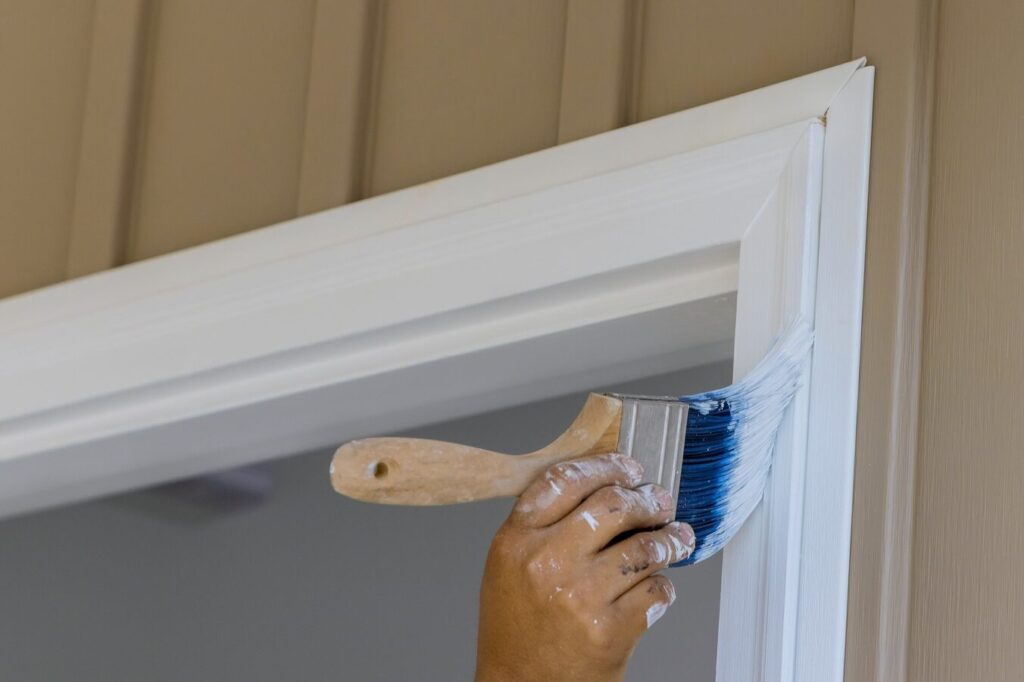
Those intricate wood trims, built-in cabinets, or wainscoting panels are often part of a home’s original craftsmanship. Painting over them—especially with trendy whites or grays—can erase decades of patina and detail that tell your home’s story. Once painted, it’s almost impossible to restore the original look without extensive sanding or refinishing. Instead, consider cleaning, conditioning, or lightly staining the wood to preserve its natural warmth.
When you keep the original wood visible, you retain the charm and authenticity that make older homes so appealing. Buyers often see unpainted wood as a sign of quality, something that modern MDF trim just can’t replicate. A fresh coat of paint might look “clean,” but it can strip away the soul of craftsmanship. Remember, character is in the imperfections—don’t cover them up just because trends say so.
3. Removing Walls Without Respecting Layout
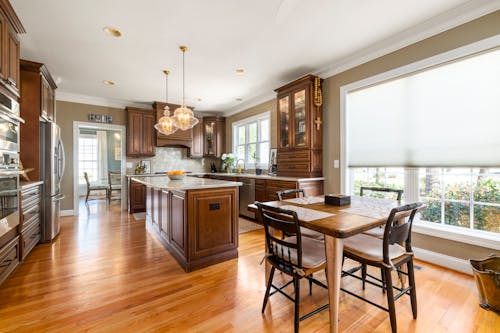
Open-concept living is popular, but not every home was built for it. Older houses often used walls to define cozy spaces, control airflow, and provide structural integrity. When you knock down too many walls, you risk creating an echo-filled box that feels more like a showroom than a sanctuary. Worse, it can make older architecture lose its rhythm and flow.
Before swinging a sledgehammer, study how your home was originally meant to function. Some walls hide mechanical systems or add crucial stability to the structure. A well-placed archway or widened doorway might give you openness without sacrificing character. The goal is connection, not demolition.
4. Installing Recessed Lighting Everywhere
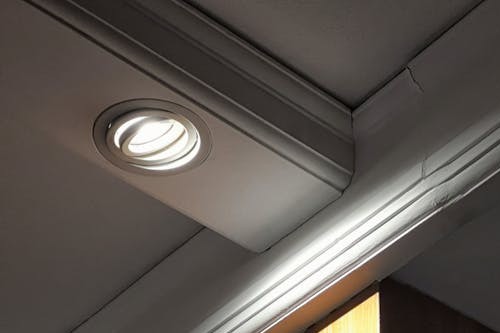
Recessed lights can modernize a room, but too many can flatten it—literally and figuratively. They wash out the space, eliminating shadows and depth that give rooms warmth. Historic homes often relied on wall sconces, table lamps, or chandeliers that created soft, layered light. Overuse of recessed lighting makes every room feel like an office instead of a home.
Consider blending modern lighting with period-appropriate fixtures. You can add dimmers or accent lighting to highlight architecture rather than drown it out. Soft, indirect light makes textures and details come alive. The right lighting doesn’t just illuminate—it tells a mood.
5. Replacing Hardwood With Laminate or Vinyl Plank
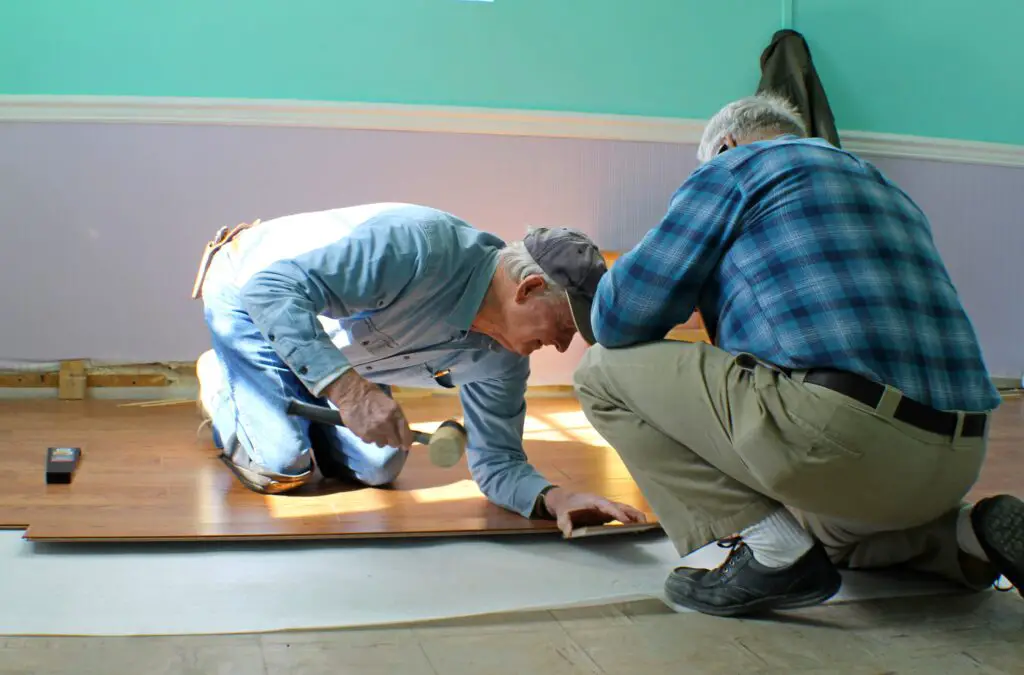
Those old hardwood floors, even if scratched, are often made from dense wood you can’t buy anymore. Many homeowners rip them out for cheaper laminate or vinyl plank, thinking it’s an “upgrade.” But in doing so, they lose both the history and the ability to refinish. Real wood ages gracefully; synthetic materials just wear out.
Repairing and refinishing costs less in the long run and keeps the home’s heartbeat intact. Each creak and groove tells part of its story. Vinyl might be waterproof, but it’s also soulless. Keep the real wood—it’s part of your home’s DNA.
6. Over-Renovating Kitchens
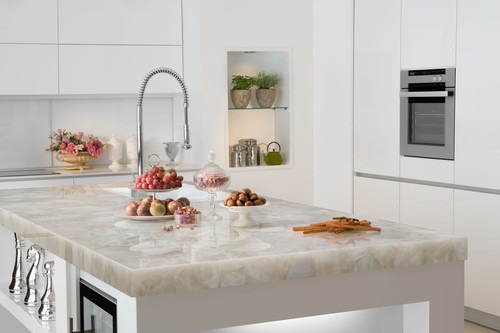
It’s tempting to install all the newest finishes—quartz countertops, sleek cabinets, and smart appliances. But when every surface screams “2025,” it can make an older home feel disjointed. The best kitchens blend modern function with period style. A vintage-inspired backsplash or shaker cabinets can bridge old and new beautifully.
Think of your kitchen as evolution, not replacement. Keep or replicate original built-ins or cabinet profiles where possible. This approach maintains the home’s design continuity and gives the space depth. A kitchen should tell a story, not erase one.
7. Removing Original Doors and Hardware
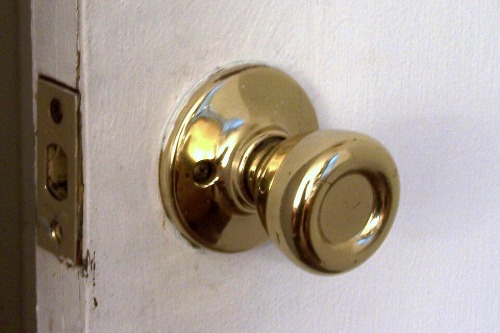
Old doors often have solid wood cores, unique paneling, and handcrafted knobs that modern replacements can’t replicate. Swapping them for hollow-core options might seem practical, but it cheapens the entire feel of the house. Those subtle clicks of old latches and patinaed brass knobs are part of the sensory experience. New hardware rarely carries that same soul.
If the doors stick or squeak, repair them instead of replacing them. A light sanding, planing, or hinge adjustment often does the trick. Even updating hardware doesn’t mean losing history—you can clean and polish originals instead. Every doorknob turned connects you to the home’s past.
8. Covering Brick or Stone With Drywall
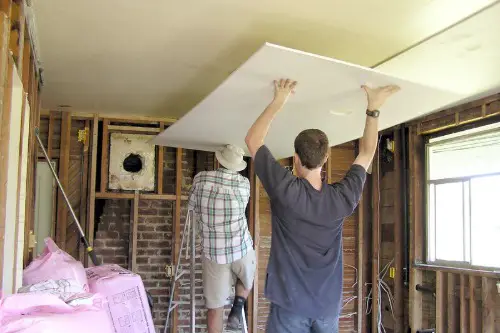
Exposed brick or stone is one of the most authentic design features a home can have. Many homeowners cover it up for a smoother, “modern” look, but that trades texture for sterility. Those natural materials ground the space and hint at the home’s age and craftsmanship. Once you cover them, it’s hard to get that character back.
Instead of hiding imperfections, celebrate them. You can seal, clean, or partially expose these surfaces for balance. The contrast between old materials and modern finishes can be stunning. Let the home’s bones breathe—it’s what makes it unique.
9. Installing Oversized Windows or Sliding Doors
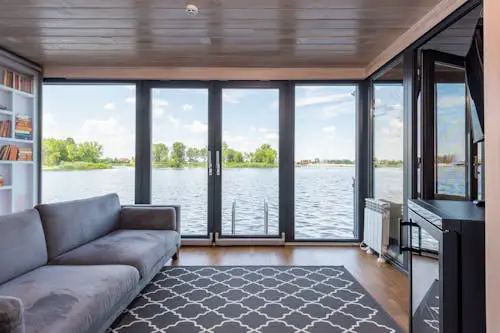
Big, modern windows look impressive, but they can throw off an older home’s proportions. Historic designs often used smaller, vertically oriented windows that complemented ceiling height and facade balance. When you replace them with giant panes or sliders, you lose that architectural harmony. The result can feel like a hybrid that doesn’t quite belong anywhere.
If you crave more light, consider adding transoms or strategically placed mirrors instead. You’ll maintain the original rhythm of the house while brightening it up. Oversized glass might bring the outdoors in, but it can also push your home’s character out. Proportion matters more than square footage of glass.
10. Flattening Out Textured Ceilings or Walls
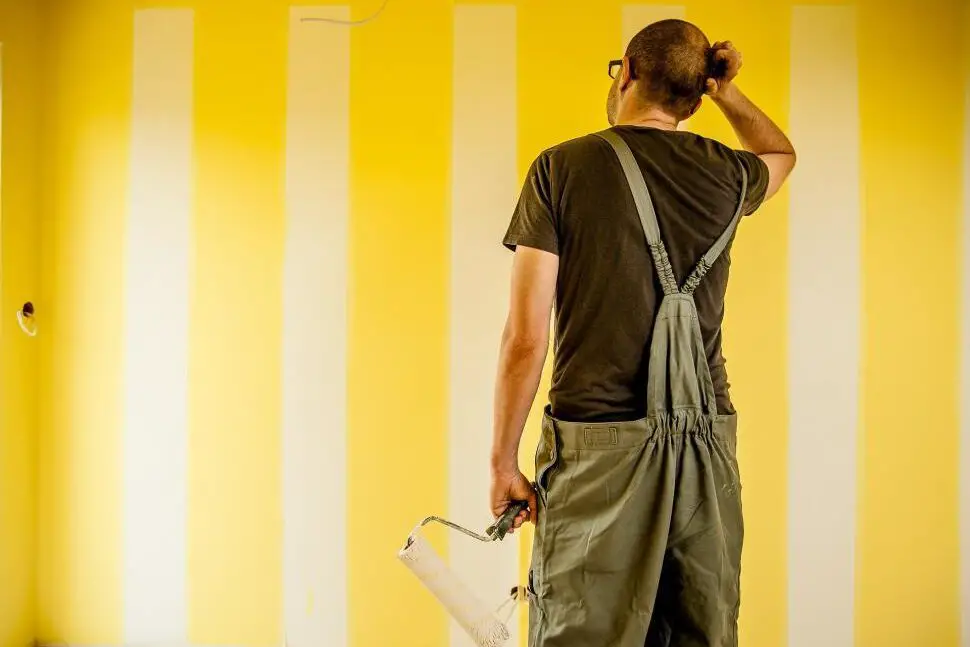
While popcorn ceilings can go (no one’s defending those), some textures—like plaster swirls or hand-troweled walls—tell a story. Many homeowners replace them with perfectly smooth drywall, losing that handcrafted touch. Those irregularities are part of what gives older homes warmth and authenticity. Perfectly flat walls can feel sterile in comparison.
Before skimming everything flat, look closely at the artistry in your walls. You might just need a light repair or fresh paint. Preserving the texture keeps visual depth and charm intact. Imperfections are part of your home’s fingerprint.
11. Expanding Bathrooms at the Expense of Other Rooms
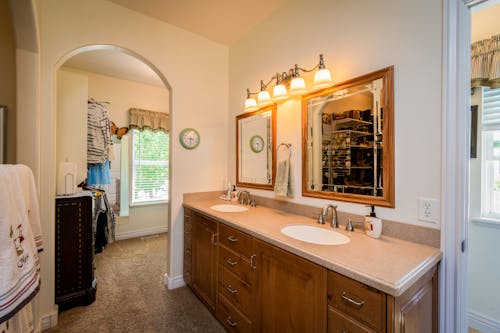
Bigger bathrooms are appealing, but not every home needs a spa-sized suite. When you cannibalize a bedroom or hallway to enlarge a bath, you often disrupt the home’s balance. Smaller, efficient bathrooms were part of older design logic, and expanding them can make nearby rooms feel cramped. The result is often less charm, not more comfort.
Instead, focus on maximizing space with better storage and lighting. A smart layout can make even a compact bathroom feel luxurious. Preserve original tile or fixtures when possible—they’re often higher quality than modern reproductions. Sometimes, restraint is the real luxury.
12. Removing Fireplaces or Mantels
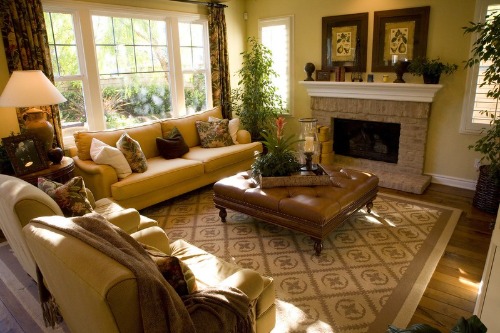
Fireplaces once served as both practical heating sources and aesthetic anchors. When they’re removed or replaced with minimalist surrounds, the room loses its heart. Even nonworking fireplaces add visual balance and historic charm. Replacing them with a flat wall or TV mount creates a void that’s hard to fill.
Restoring a mantel or keeping the surround, even if it’s decorative, maintains a sense of permanence. You can modernize the finish while preserving the shape and scale. A fireplace connects past and present like nothing else. Take it out, and the room’s center disappears.
13. Ignoring the Original Color Palette
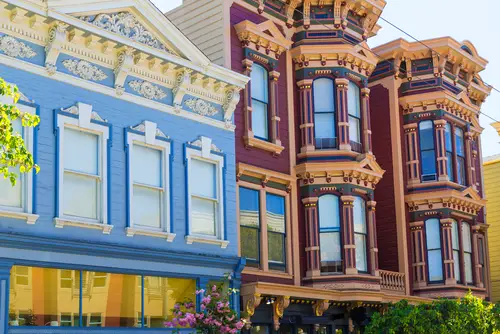
Every era had its own sense of color—Victorian homes favored rich jewel tones, midcentury ones leaned toward earthy hues. Painting everything white or gray might feel safe, but it erases that historical personality. Original color schemes were often designed to complement wood tones, lighting, and materials. A neutral makeover can flatten all that nuance.
Study the original palette before repainting. Even if you adapt it with modern tones, you’ll keep the spirit intact. A thoughtful color nod can make your renovation feel intentional rather than trendy. After all, the soul of a home often shows up in its colors.
This post 13 Common Renovations That Accidentally Erase a Home’s Soul was first published on Greenhouse Black.
